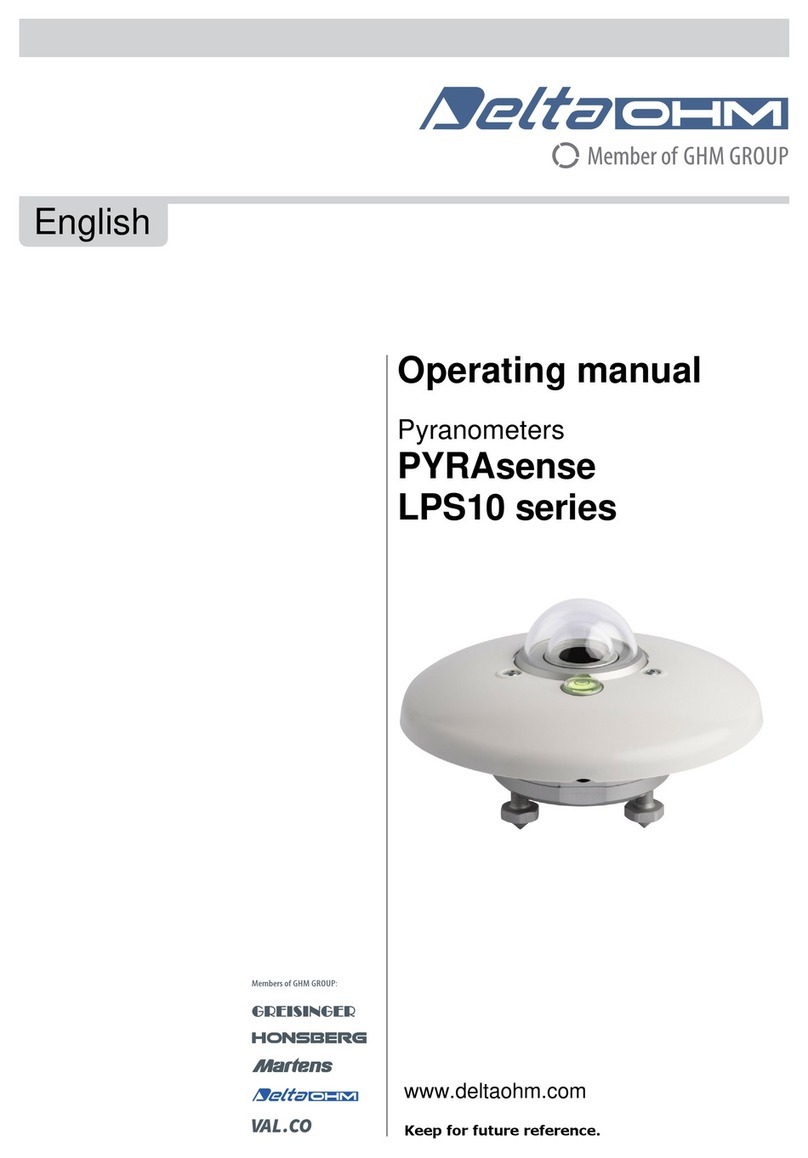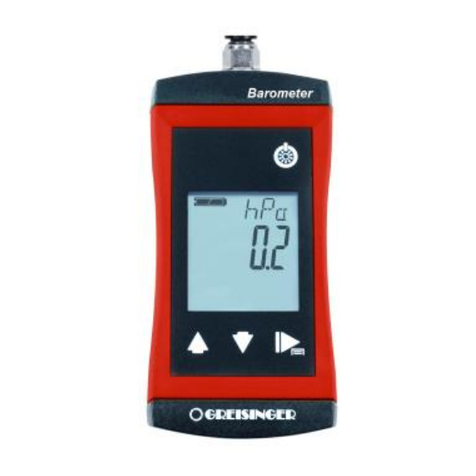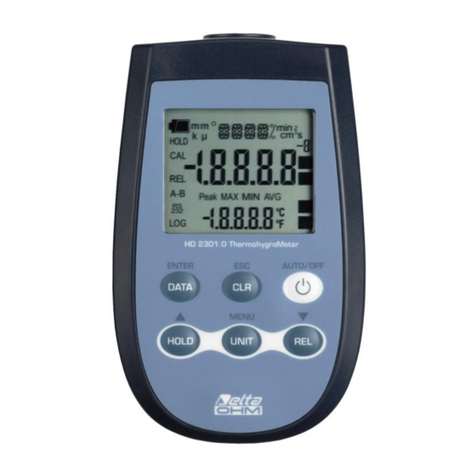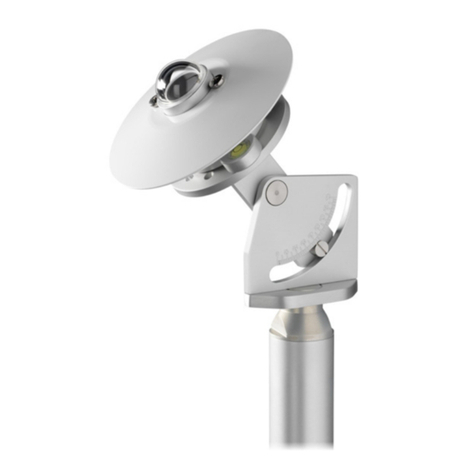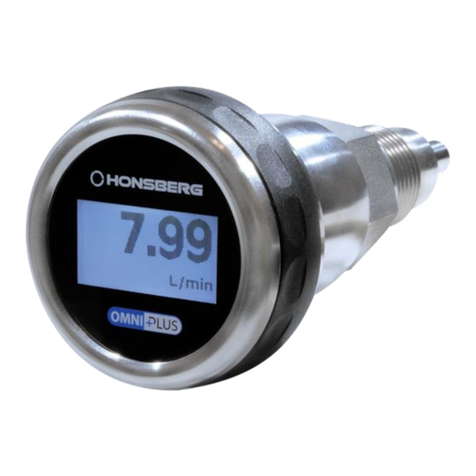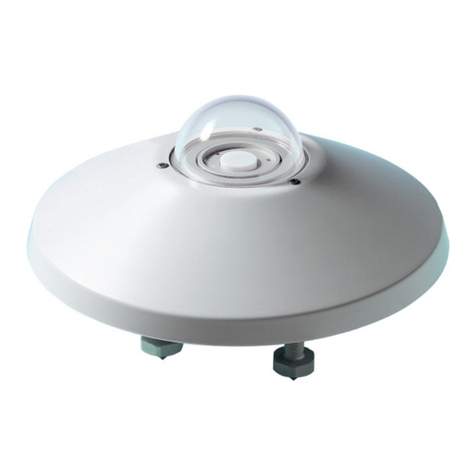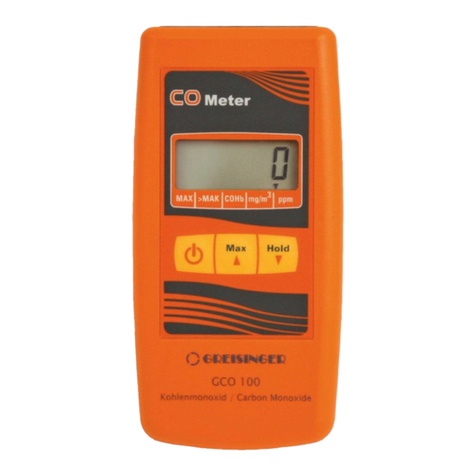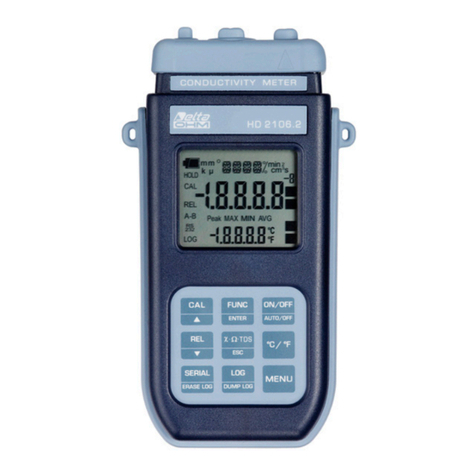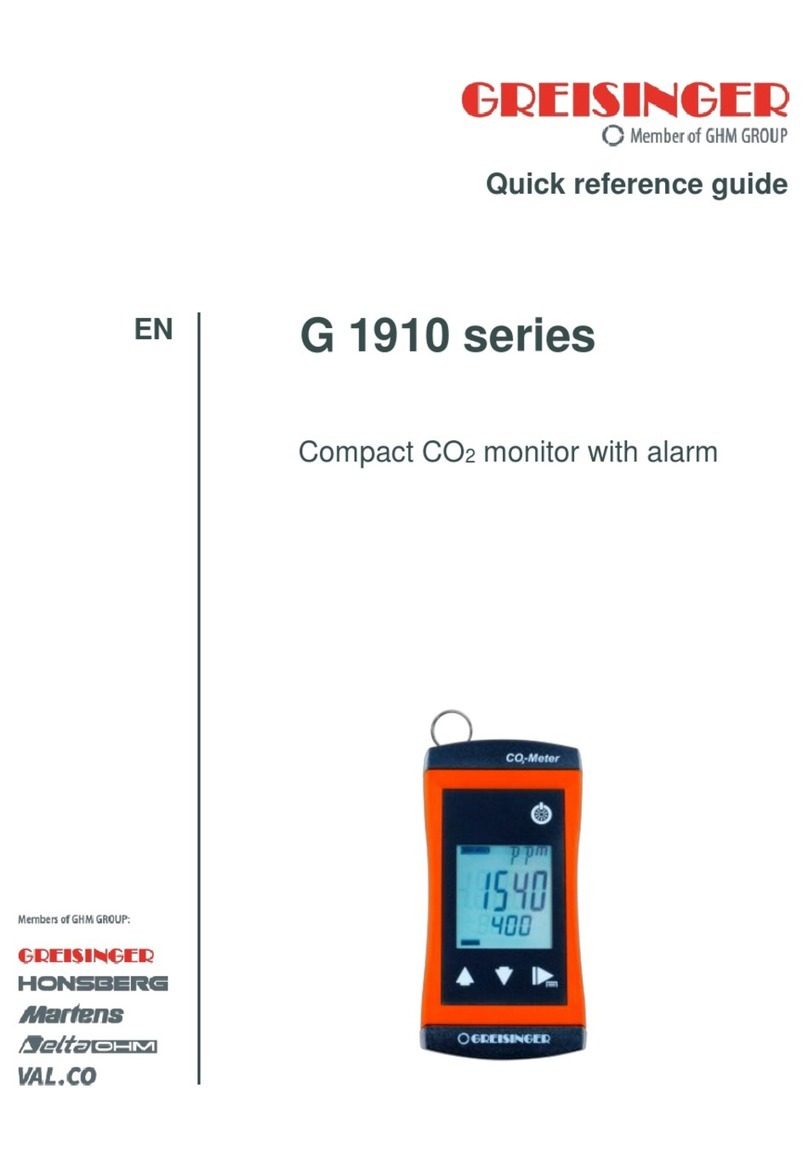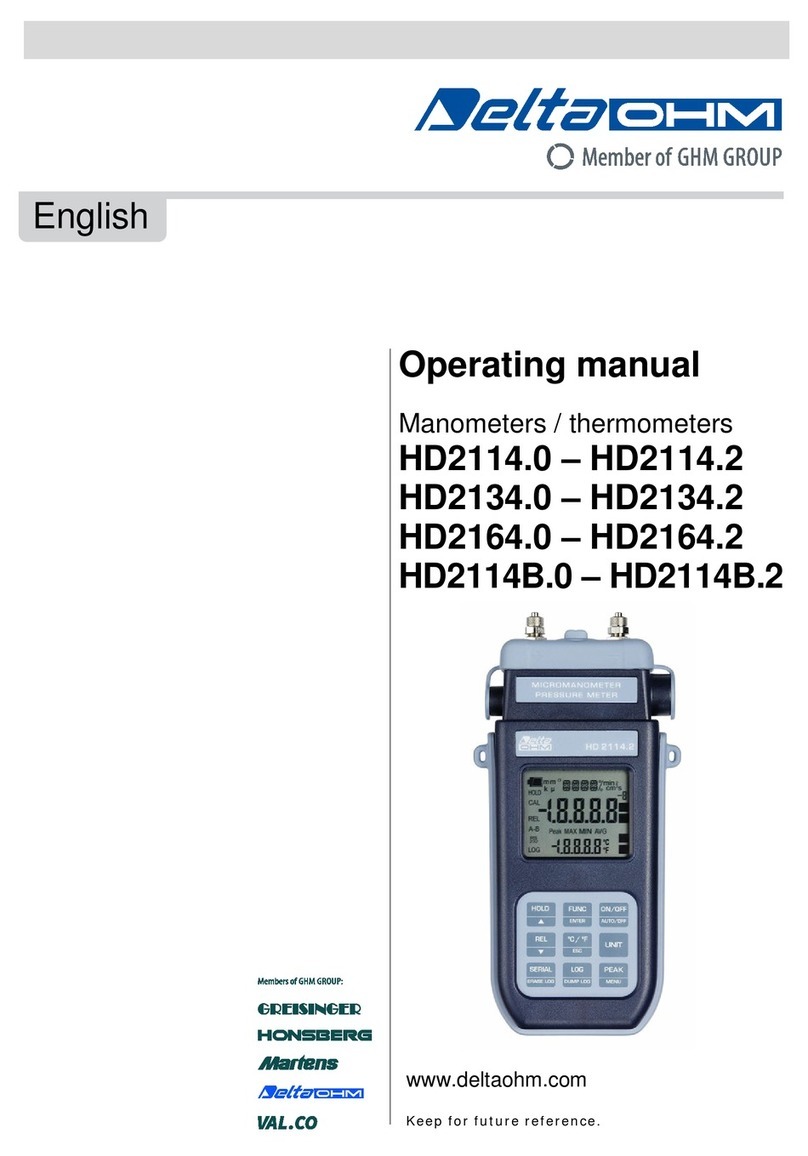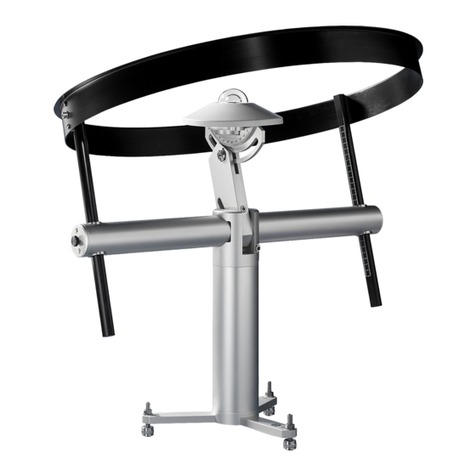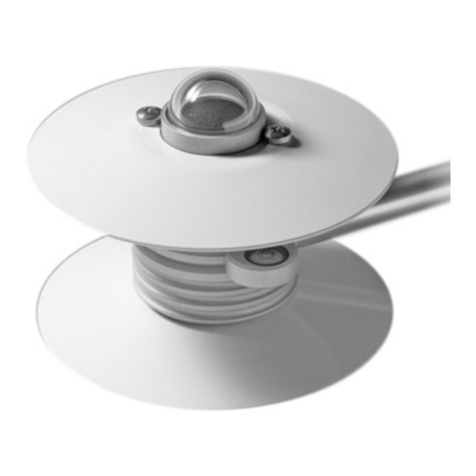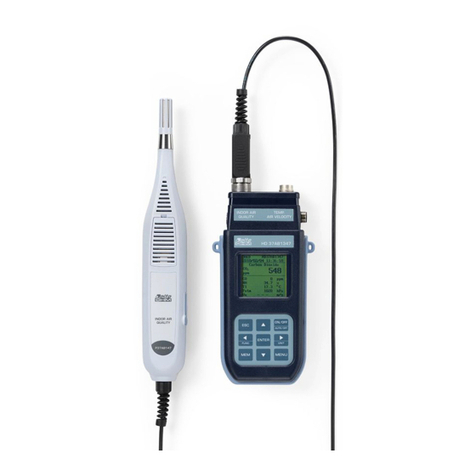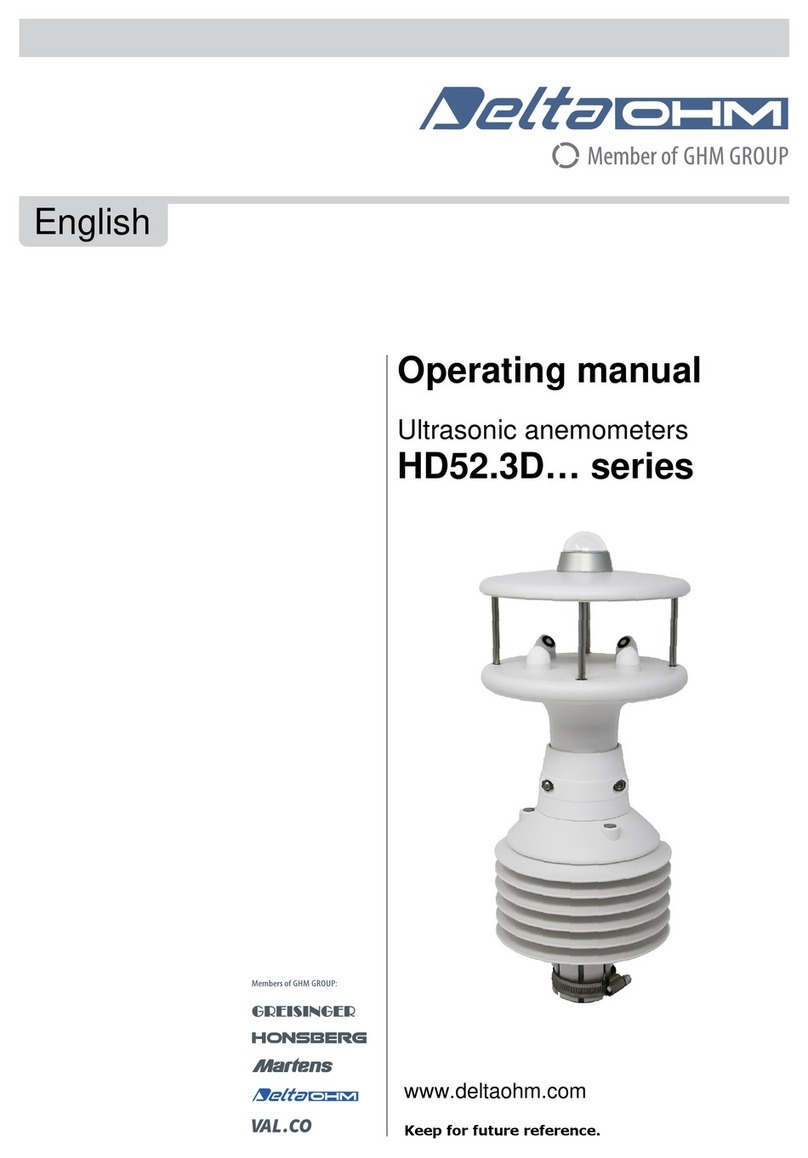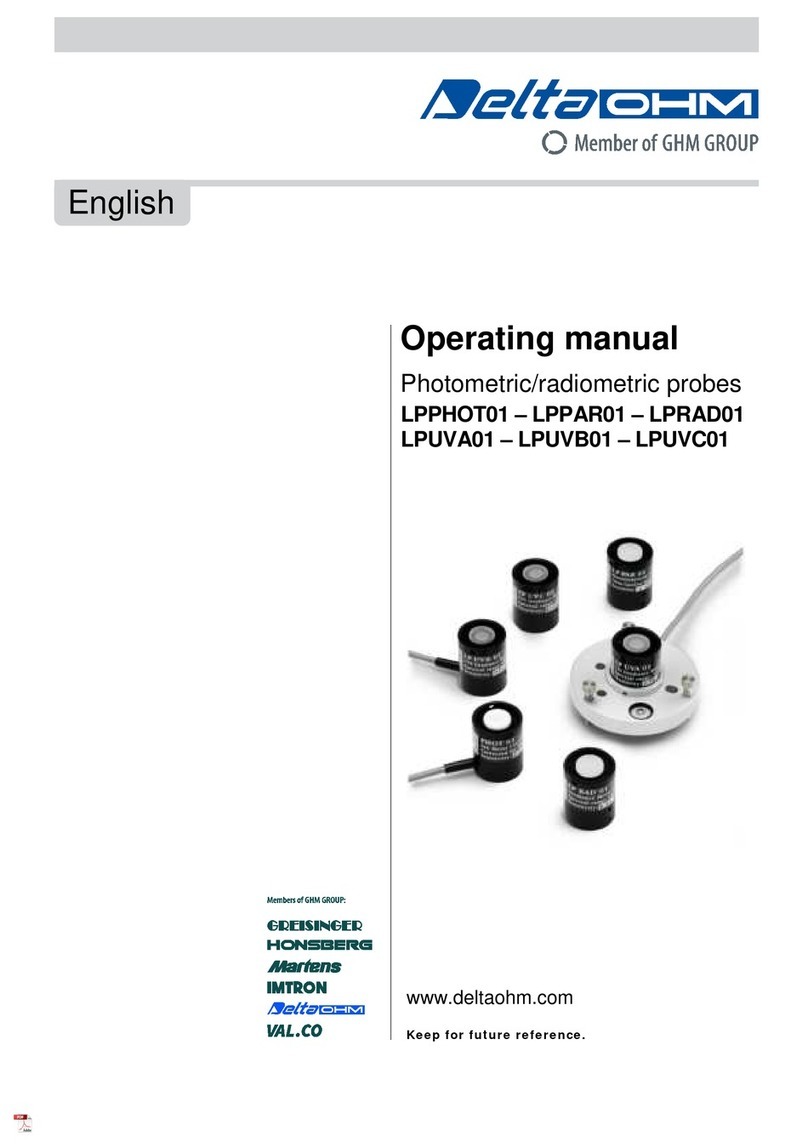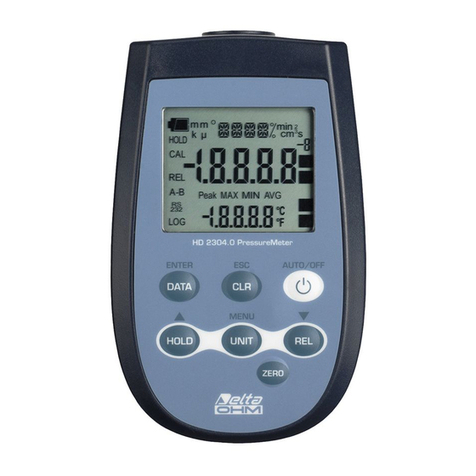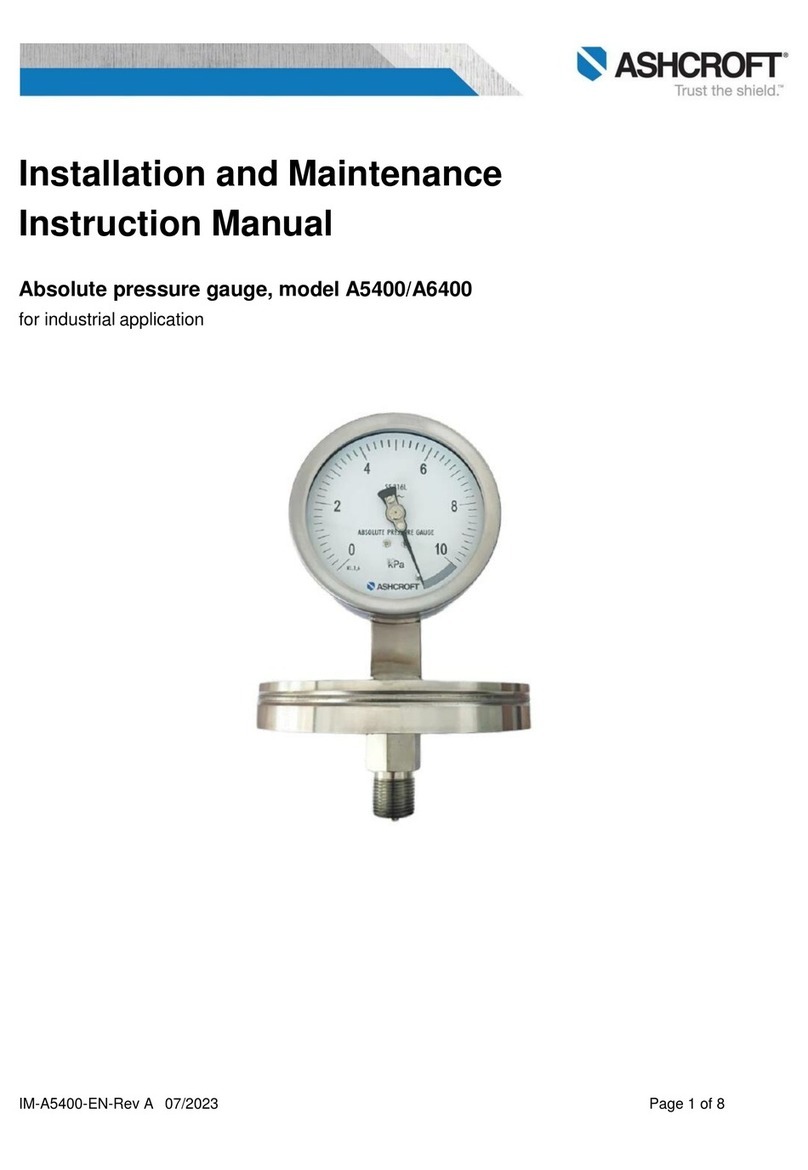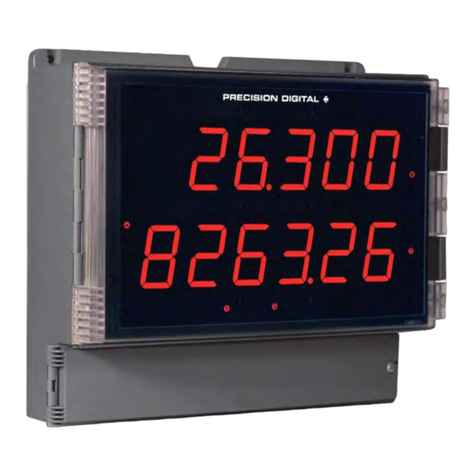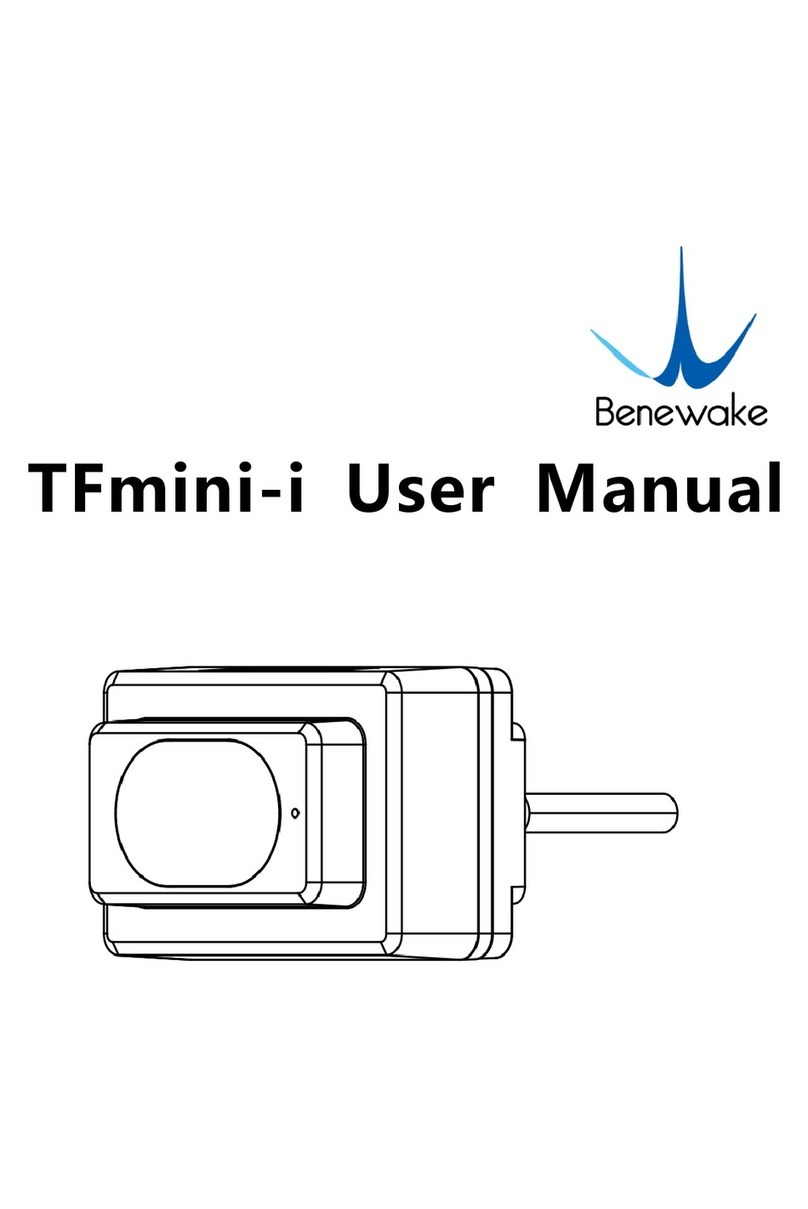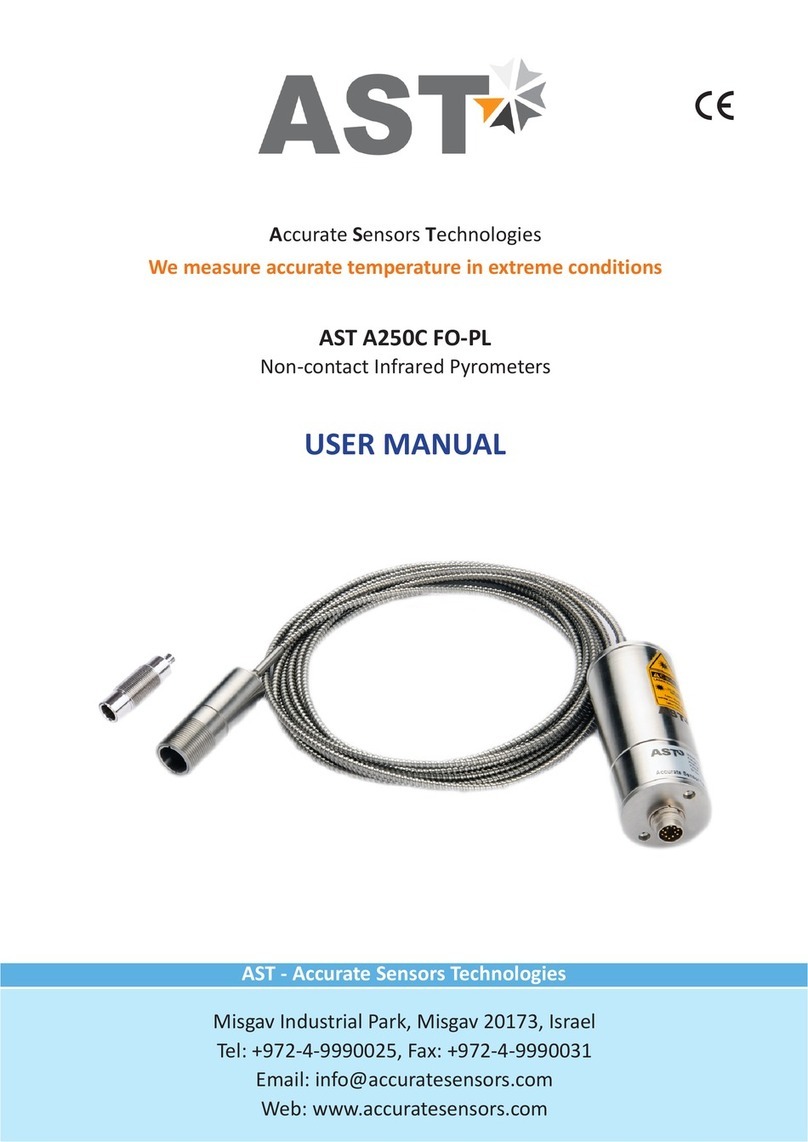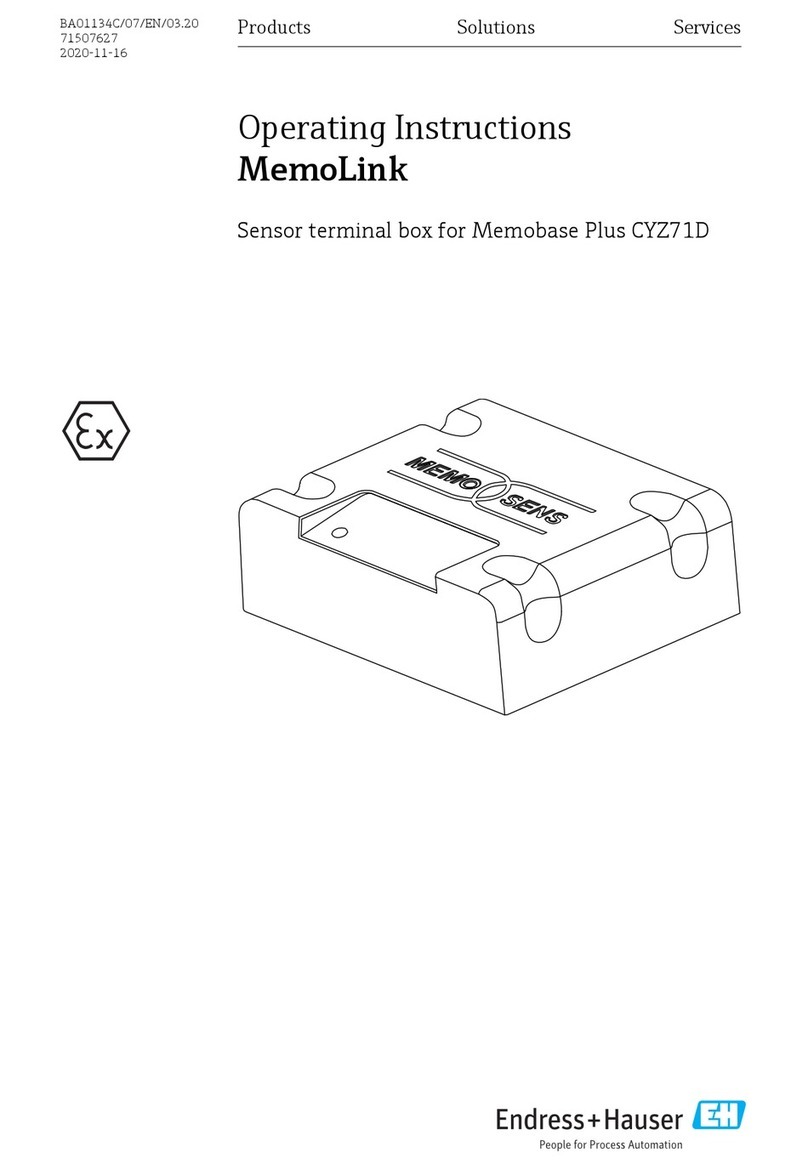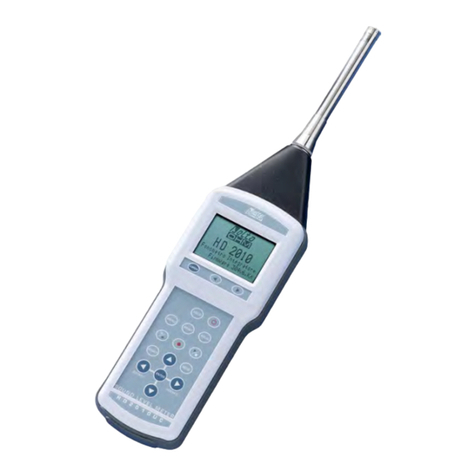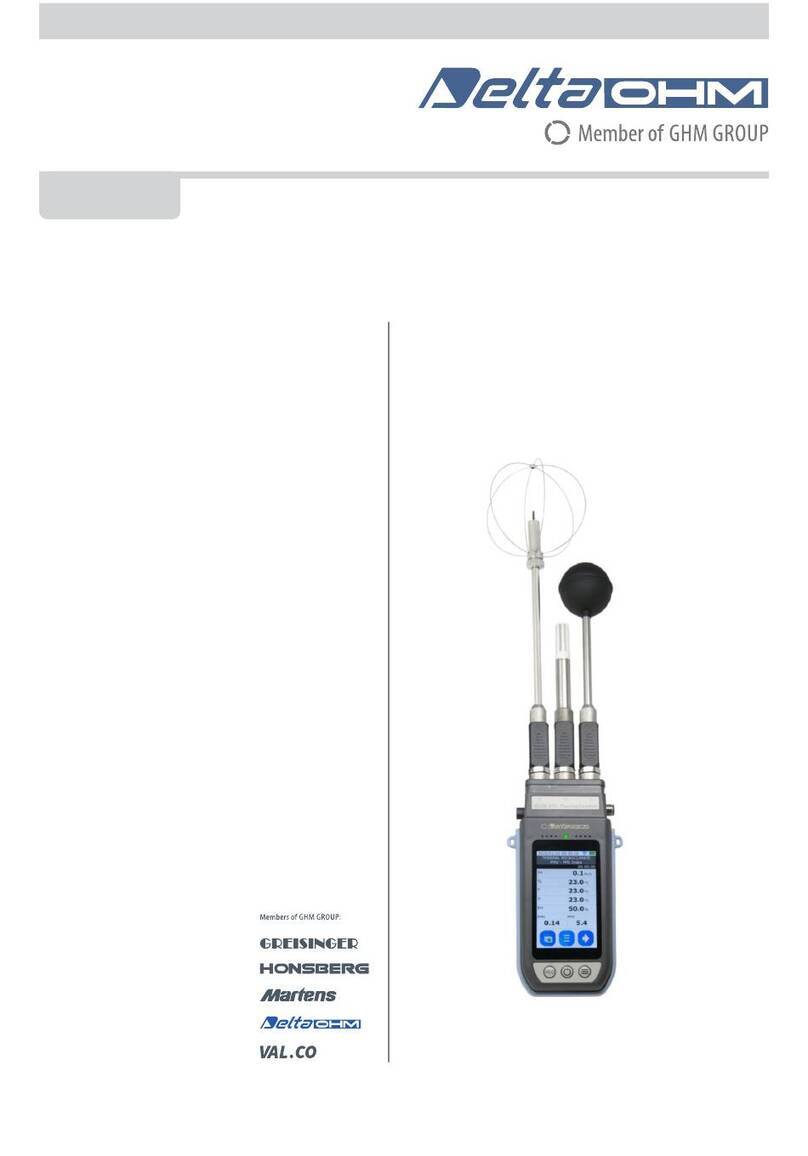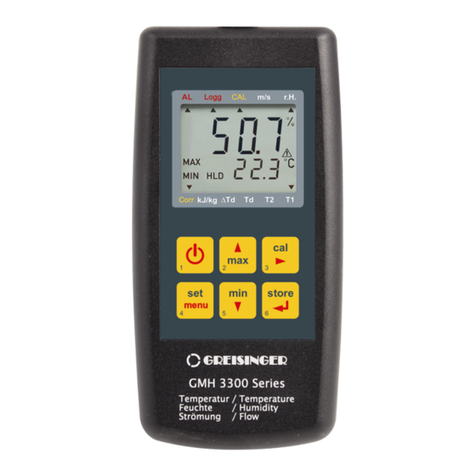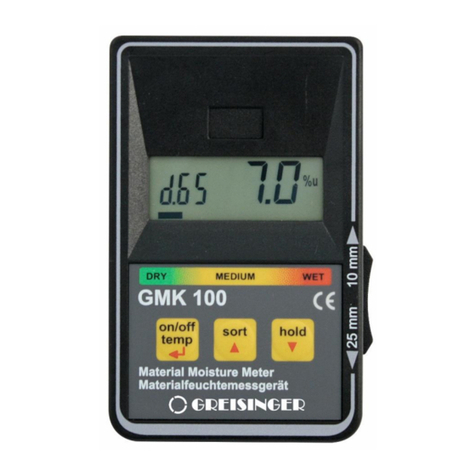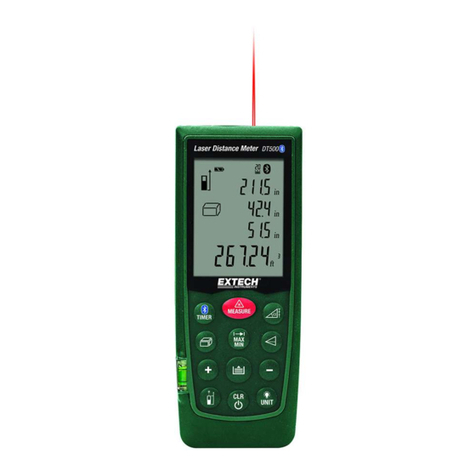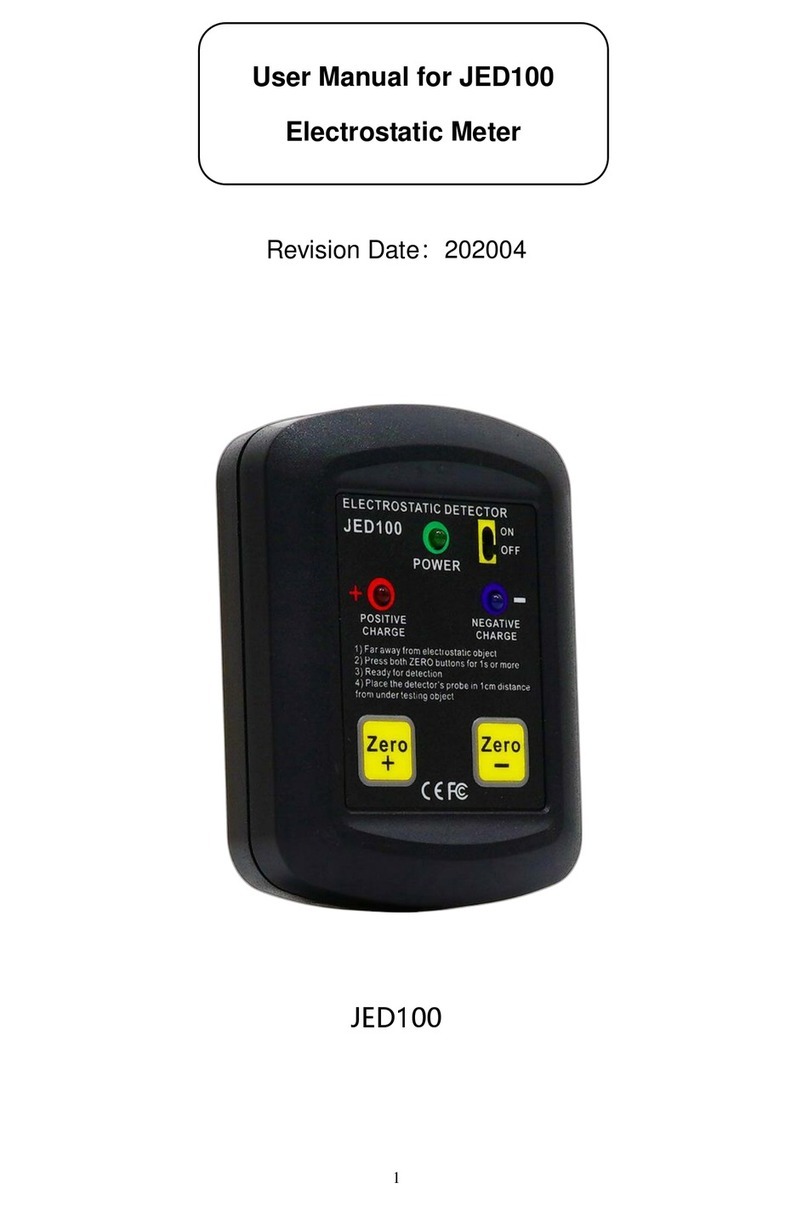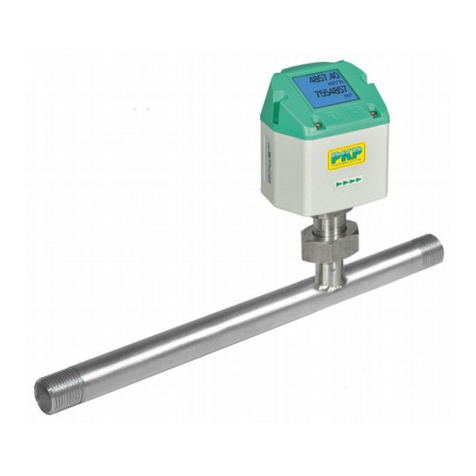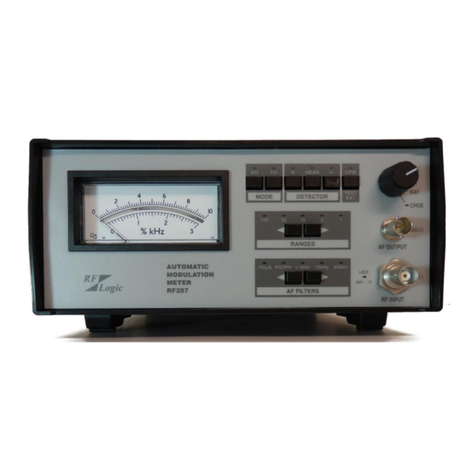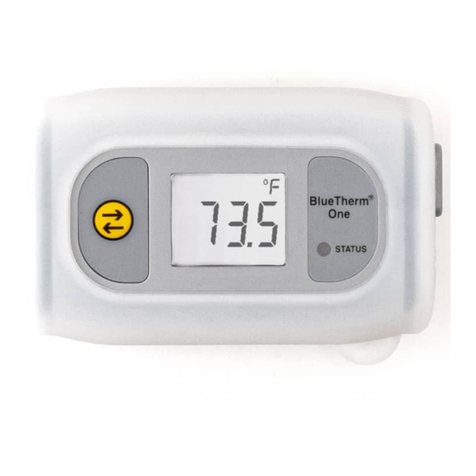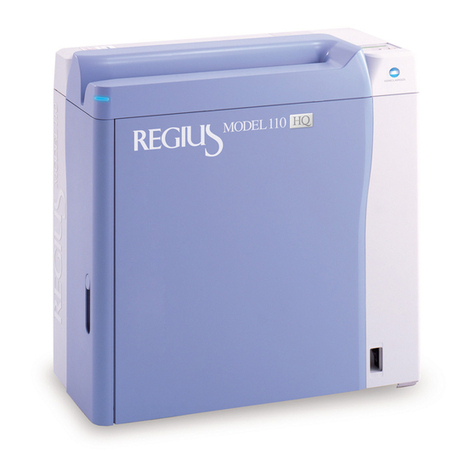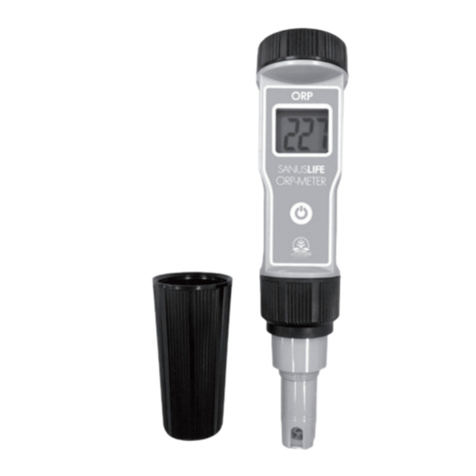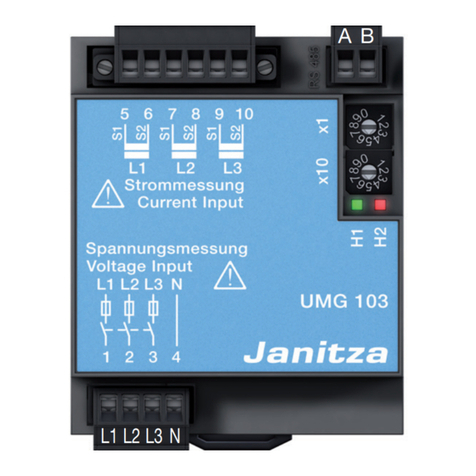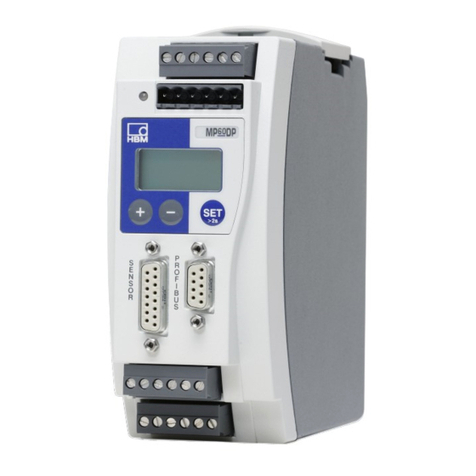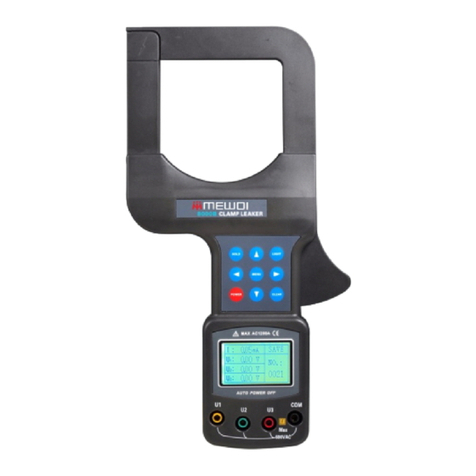
HD2156 - 13 - V2.5
proposed. This is also true for the USER buffer, defined by the user at the "SET USER
BUFR pH" step: The selection NIL (=no buffer) disables the current buffer. The USER
buffer is not compensated for temperature. Please see the paragraph dedicated to pH calibra-
tion on page 17.
10) SET USER BUFR pH (Set user pH buffer): this is a buffer whose value can be defined by
the user using the arrows; all values from 0 to 14pH are available. This buffer is not com-
pensated for temperature, so the buffer value must be set at the actual solution temperature.
As an alternative, the correct value according to temperature can be set in the calibration
phase.
11) K CELL (Conductivity cell constant): sets the conductivity probe's cell constant nominal
value. The values 0.01, 0.1, 0.7, 1.0 and 10 cm-1 (with tolerances from –30% to +50% of
nominal value) are admitted. The cell constant must be inserted before starting the probe cal-
ibration. An ERR signal is generated if the cell constant's actual value exceeds the limits –
30% or +50% of nominal value. In this case it is necessary to check that the value set is cor-
rect, that the calibration solutions are in good state, and then proceed with a new calibration.
The cell constant change entails resetting the calibration date: a new calibration updates the
calibration date.
12) LAST CAL K COND m/d h/m (Last conductivity calibration): the display shows the
month and day (m/d) in the main line, and the hour and minutes (h/m) in the secondary line
of the previous calibration of the conductivity probe. This menu item cannot be modified.
The calibration year is not displayed. The cell constant change using the K CELL_COND
parameter, resets the date.
13) ALPH_T_COND (Temperature coefficient T): the temperature coefficient T is the per-
centage measurement of the conductivity variation according to temperature and is ex-
pressed in %/°C (or %/°F). The admitted values vary from 0.00 to 4.00%/°C. Use the arrows
( and ) to set the desired coefficient T, and confirm with ENTER.
14) REF_TEMP_COND (Conductivity reference temperature): it indicates the temperature
to which the displayed conductivity value is standardized and can be equal to 20°C or 25°C.
Using the arrows ( and ), set the desired value and confirm with ENTER.
15) TDS COND (Conversion factor χ/TDS): it represents the ratio between the measured con-
ductivity value and the total quantity of dissolved solids in the solution, expressed in mg/l
(ppm) or g/l (ppt). This conversion factor depends on the nature of the salts present in the
solution: in the field of water quality treatment and control, where the main component is
CaCO3 (Calcium Carbonate), a value of 0.5 is usually used. For agriculture water, for ferti-
lizers preparation, and in hydroponics, a factor of about 0.7 is used. Using the arrows (
and ), set the desired value, selecting it in the 0.4…0.8 range, and confirm with ENTER.
16) RCD MODE (Record mode): the instrument captures a pH, a conductivity and a tempera-
ture value every second. If the RCD MODE parameter is set to "conductivity", the maxi-
mum (MAX) and minimum (MIN) values displayed using FUNC/ENTER refer to conduc-
tivity: the indicated temperature and pH are those measured at the maximum and minimum
conductivity and are not the maximum and minimum temperature and pH.
Similarly, if the RCD MODE parameter is set to "pH", the maximum and minimum values
displayed using FUNC/ENTER refer to pH: the indicated temperature and conductivity are
those measured at the maximum and minimum pH and are not the maximum and minimum
temperature and conductivity.
If the RCD MODE parameter is set to "tp" (=temperature), the maximum and minimum
values displayed using FUNC/ENTER refer to temperature: the indicated conductivity and




















